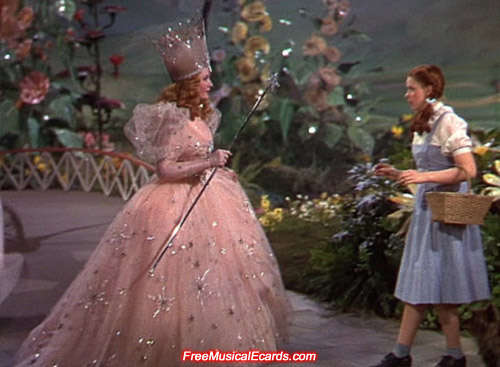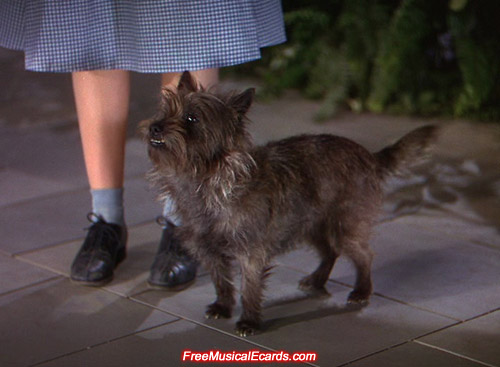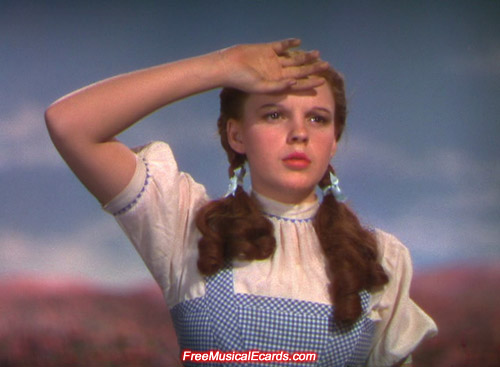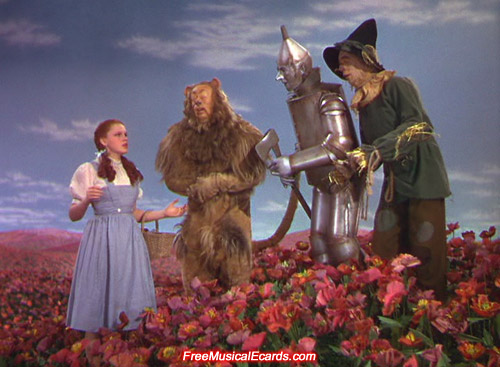Post by Admin Saovaluck on 12th Jun, 2011 at 8:52am
Interesting facts about The Wizard of Oz (1939)
Originally, Dorothy (Judy Garland) was to stay in sepia tone until Glinda touched her, but technically it was too difficult for Metro-Goldwyn-Mayer (MGM) to accomplish this effect.
Because she was not filmed full-length, Judy Garland wore open-toed flats for comfort. She would wear a variety of similar footwear throughout production when the ruby slippers were not seen in a shot. In addition to comfort, the lack of heels made the actress subtly smaller - and more childlike - in stature, and prevented the ruby slippers' delicate, sequined construction from unnecessary wear.
Technicolor was a very complicated process in those days. There was no such thing as color movie film. So the Technicolor gained its color by exposing three strips of black and white film through color filters all in a single camera. This black and white film was a very slow film and with the filters it was even slower. Consequently the light source had to be very strong, so these sets were drenced with light; dozens and dozens of lights were needed to get a Technicolor image. This means that the temperature of these non-air conditioned stages would sometimes reach into the 90's. Judy Garland had to change into a new Dorothy dress in the making of The Wizard of Oz because she would sweat a lot from the hot lights.
The poppy field was one of the most expensive sets in the movie, the whole prop department made all of the poppies in the field, some 50,000 of them made out of plastic leaves. Each leaf was attached to a wire stem with a very thin fish line. It took nearly a week to get this set ready because all of the poppies were placed by hand, by stagehands.



